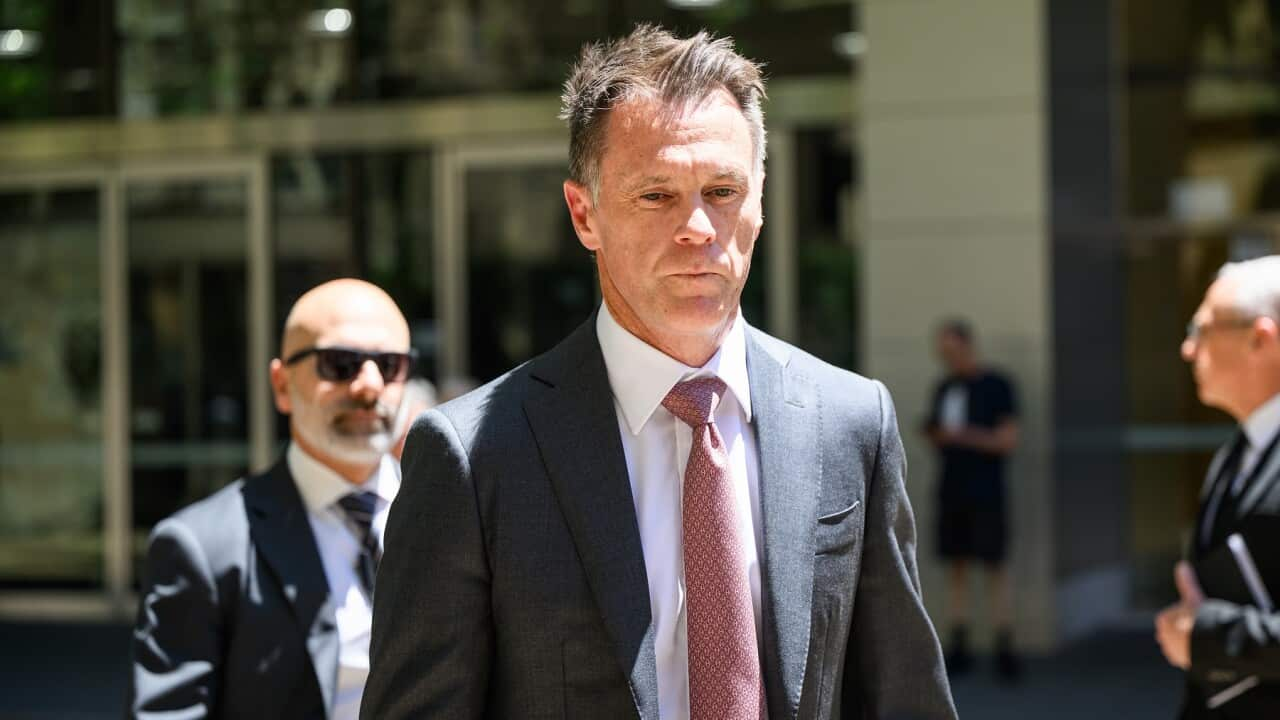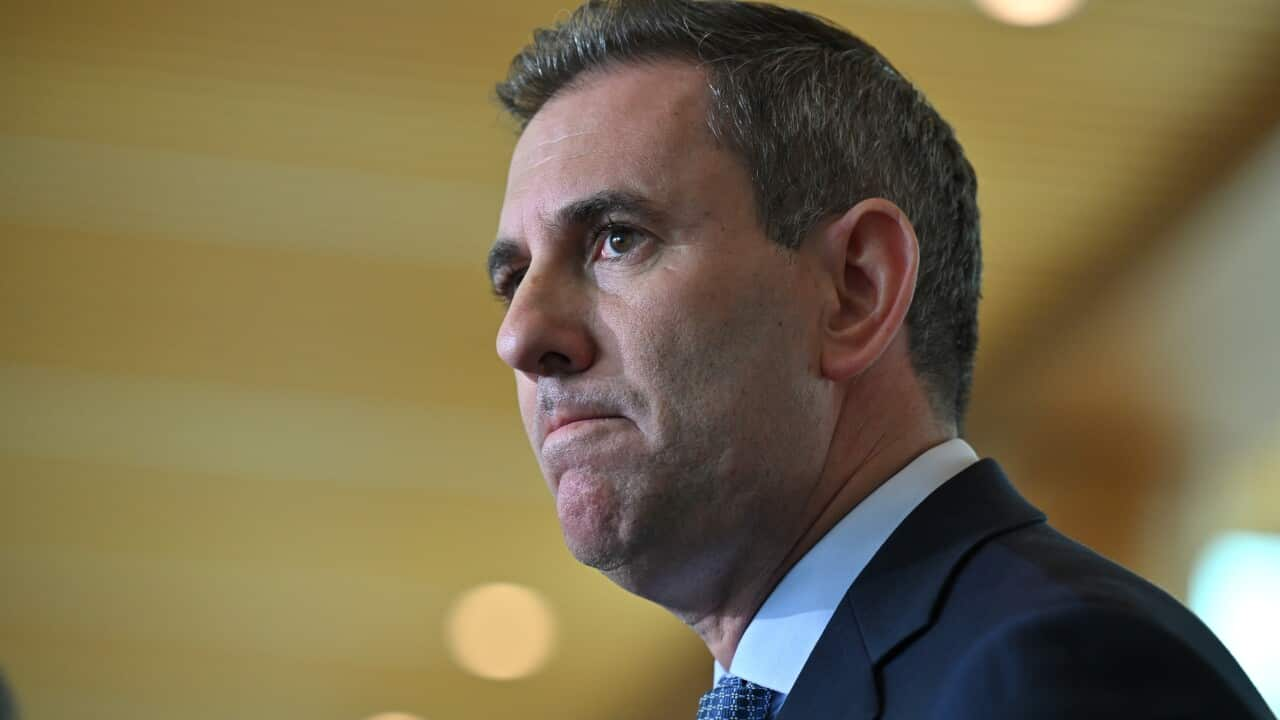TRANSCRIPT:
It's estimated that nearly three million Australians are likely to consider leaving their job in the next year.
Despite growing awareness about mental health, the recently enshrined right to disconnect, and many taking up work-from-home arrangements, research is showing workplace burnout is getting worse.
So what's going wrong?
Associate Professor Ross Iles is the Chief Research Officer at Superfriend, a not-for-profit that provides organisations with mental health training and support.
He says over the past decade, burnout has remained stubbornly high.
"And when we focus in on particular industries like retail and health and education, that's actually becoming a much more important factor. In fact, it's getting worse. And what we've actually seen across that 10 years of data, we've seen that awareness of workplace mental health is growing in general, the circumstances around mental health, people's understanding the awareness, employer's awareness of mental health, even people rating their work as being a mentally healthy place to work. While those things have in general increased, we actually haven't seen a huge shift in some of the outcomes like burnout over that time. So those things quite aren't shifting fast enough to keep up with the levels of burnout."
What does burnout look like?
Well, burnout can present itself in different ways, but experts say there are a few common signs that shouldn't be ignored.
These include feelings of isolation, irritation and a lack of energy.
Burnout can also mean feeling less satisfied with work, or disengaging from work you once valued.
It can be physical too, sometimes leading to more headaches and body pain, as well as disrupted sleep patterns.
Ross Iles says psychological distress is one of the top factors for industries like healthcare, which has some of the highest reported burnout rates alongside education and retail.
"And in healthcare we're able to find, I guess a number of key risk factors that make it more likely that people are going to experience burnout symptoms. And sitting at the top of the list there is psychological distress. And so psychological distress is that generalised stress and anxiety that people experience in all aspects of their life. And so when people are experiencing high levels of psychological distress, particularly for a prolonged period that's going to increase their burnout or the likelihood they're going to report burnout."
New research, commissioned by Allianz Australia, shows that four in five surveyed employees say their workplace fails to enforce healthy workplace habits and boundaries.
Those surveyed say excessive workloads, an overload of meetings, and unrealistic deadlines are the leading contributors to burnout.
Mark Pittman is the Executive General Manager of Personal Injury at Allianz Australia.
He says failing to take adequate breaks intensifies stress and increases the risk of burning out.
"The research shows that employees are really struggling to schedule that regular personal time for themselves, and they're unable to split household responsibilities equally, and don't have a reliable network to help with routine tasks like school drop offs. So we encourage Australians to take a proper break, set boundaries and prioritise recovery activities such as sleep and exercise, and making these small changes can really make a difference in helping to prevent burnout."
With nearly six in ten employees surveyed reporting workplace mental distress, it's unsurprising that psychological workers compensation claims have surged by almost 30 per cent.
According to the research, mental stress and workplace pressure are the second-most common cause of active psychological compensation claims.
Mark Pittman says there are three key things workplaces can do to help employees avoid burnout.
"The top three solutions that are desired by employees that we've identified through the research includes better training for managers to support employee wellbeing, taking fewer unnecessary tasks through to the workforce, and recurring mental health days."
While personally managing burnout and setting boundaries with your employer is important, Professor Ross Isles says leaders in the workplace have a responsibility to create healthy environments.
He says beyond things like regular breaks, achievable workloads and mental health days, fostering work relationships is a crucial factor in reducing burnout.
"While we've been making progress, we still find that less than half of Australian workers feel comfortable talking to their manager about mental health and we find that figure hasn't shifted too much. So it's really important to break down that stigma and that will help prevent burnout. Possibly the most important thing though, I think is to deliberately think about connectedness and how to actually foster good relationships and a good working environment in the workplace. Not to just think of it happening by chance, but to actually deliberately foster opportunities for employees to connect with each other."













